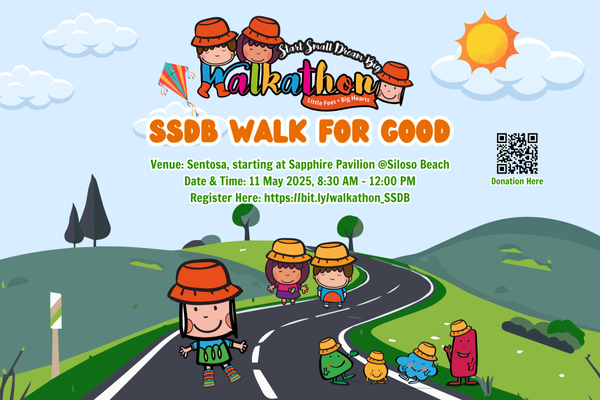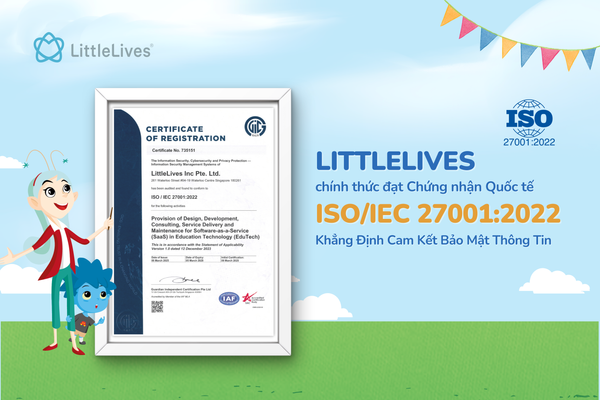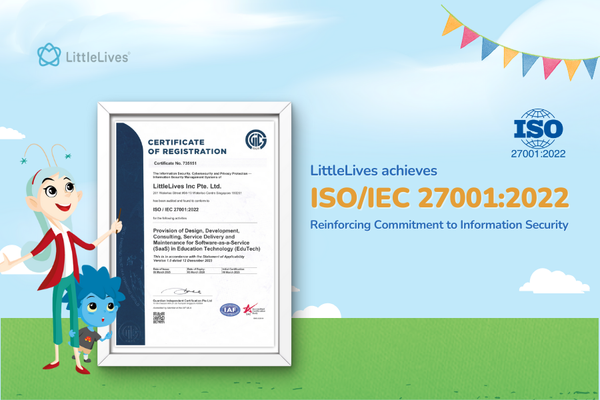How to Teach Kids to Embrace Peers with Special Needs
At some point, your kid will come across a child with special needs. It’s important that kids know how to accept their peers despite their differences, as being able to get along with one another benefits everyone.

Here are ideas on how to teach kids to embrace people with disabilities.
1. Talk About How People Can Be Different
Children need to know that we all have our differences— each of us possessing unique challenges and strengths. First and foremost, we’re all still people, with various characteristics that make up who we are. A disability doesn’t define us.
Explain to your child that peers with special needs might take a longer time to do some things.
Sometimes they may need extra help or special technology.

Tell her that not all kinds of special needs can be easily seen, and she can’t ‘catch’ a disability from someone. Try and use simple, relatable words when you are talking to your child about the topic.
Remember to set a safe space for her to ask questions and be curious about special needs.
2. Expose Your Kid to Material That Discusses Diversity

A great way to get your child to learn about disabilities is through educational material that discusses the topic—in a child-friendly, uncomplicated fashion.
Sesame Street, for example, has episodes that highlight children with special needs. They even introduced a young Muppet named Julia, who has autism.
There are also a number of children’s books that touch on diversity, such as the celebrated watercolour-illustrated book Special People, Special Ways by Arlene Maguire and Sheila Bailey.
3. Set an Example

It’s widely known that children learn a lot from observing others. As parents, children are watching us for clues on how to behave in different situations.
Be a role model to your kids by setting the right example. Show warmth and empathy to people with special needs, and talk to parents who have kids with disabilities. Get to know them, their challenges and how you can help encourage inclusion.
4. Explain to Your Kid That Everyone Likes Having Friends
We may have our differences, but people are also similar in some fundamental ways. Remind your little one that every child likes feeling included and appreciated. This is why making friends is a wonderful way to celebrate and support one another.
You could suggest ways for your child to make friends with peers who have special needs. Encourage your child to approach them and get to know them better. For example, if a classmate speaks with sign language, why not try and teach your child how to sign a few useful words?
Most importantly, teach your child patience. Learning to communicate well with someone who has special needs can take some time, as it requires understanding the individual better and recognizing that each person may do things at their own pace.
This article was first published on Kiddy123.com.

Written by Irina Myriam
...

If you're a content producer in the education industry, and you like our content, please reach out to us at storytellers@littlelives.com. We're looking for content partners and we're excited to get more eyes on educational articles!





